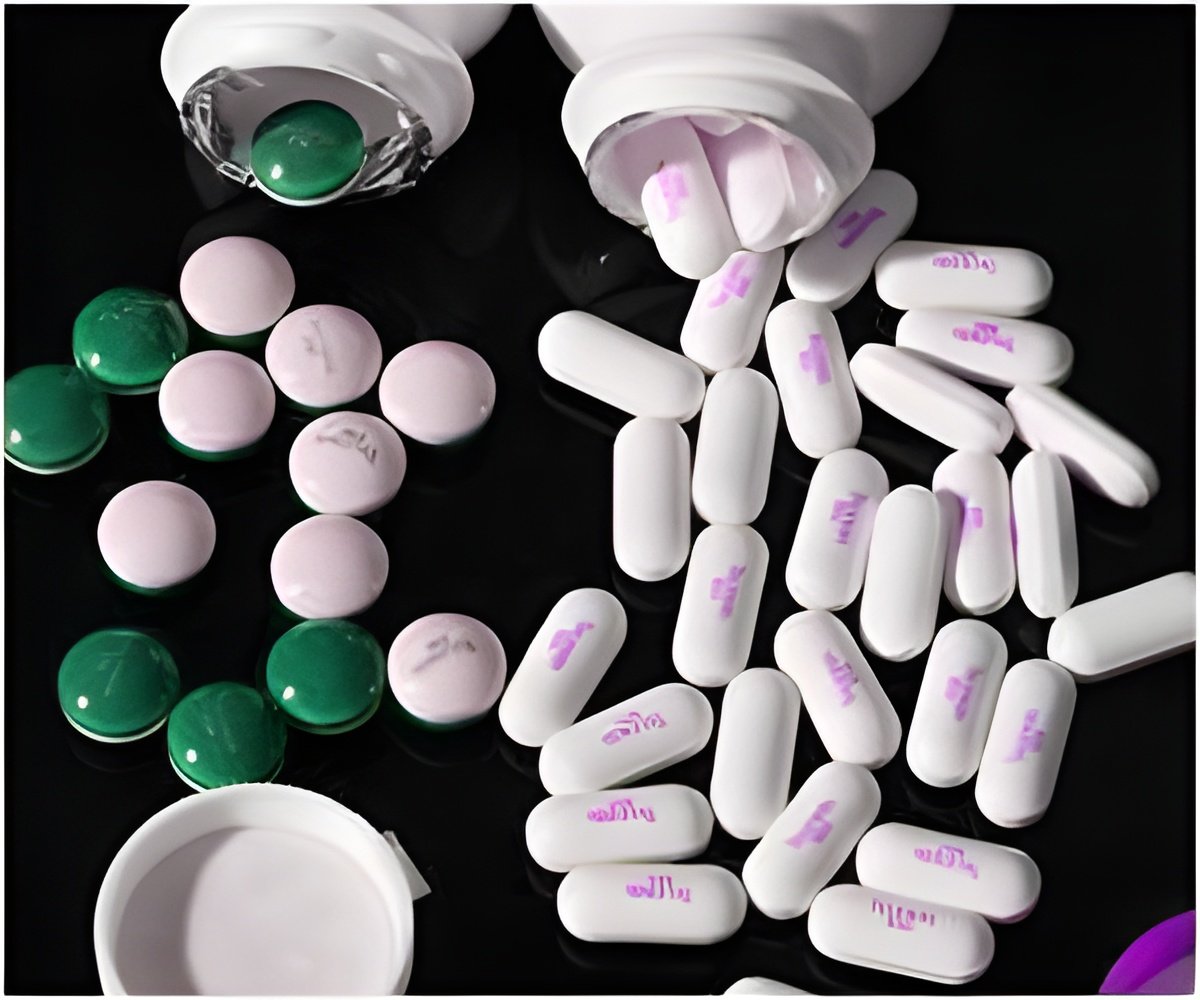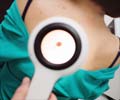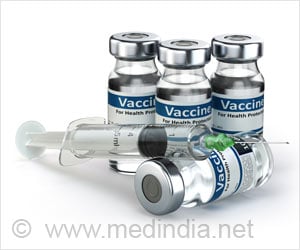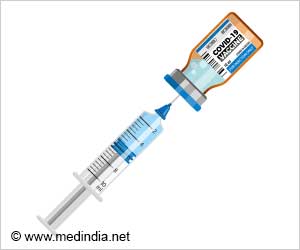Treatment resistance in patients diagnosed with BRAF-positive metastatic malignant melanoma can be delayed by treating the patients with a combination of two drugs.

"We investigated this combination because of research we and others have conducted into the molecular underpinnings of resistance to BRAF inhibitor therapy," says Keith Flaherty, MD, of the Massachustts General Hospital (MGH) Cancer Center, lead author of the NEJM report and principal investigator of the study. "We found that adding the MEK inhibitor trametinib to BRAF inhibitor dabrafenib clearly delays the emergence of resistance. In fact, the combination was at least twice as effective as BRAF inhibition alone."
In around half of patients with metastatic melanoma, tumor growth is driven by mutations that keep the BRAF protein – part of the MAPK cell growth pathway – constantly activated. In recent years, drugs that inhibit BRAF activity have rapidly halted and reversed tumor growth in about 90 percent of treated patients, but most patients' response is temporary, with tumor growth resuming in six or seven months. Investigations into how this resistance emerges have suggested that the MAPK pathway gets turned back on through activation of MEK, another protein further down the pathway. Based on promising results of animal studies, the current investigation was designed to test whether inhibiting both the BRAF and MEK proteins could delay treatment resistance.
Sponsored by GlaxoSmithKline, the study by researchers at 14 sites in the U.S. and Australia tested two of the company's drugs – BRAF inhibitor dabrafenib and MEK inhibitor trametinib, both oral medications currently being evaluated by the FDA as single-agent therapeutics – in adult patients with BRAF-expressing malignant melanoma. Phase I testing confirmed that there were no drug-to-drug interactions between the two agents and evaluated the safety of different dose combinations. In the open-label phase II portion of the study, 162 patients were randomized into three groups that received different dose combinations: two daily 150 mg doses of dabrafenib plus one 2 mg trametinib dose, the same dabrafenib dose with a 1 mg dose of trametinib, or treatment with dabrafenib alone. Participants receiving dabrafenib alone were able to cross over to the full-dose combination treatment if their cancer resumed progression.
Treatment with both combination regimens led to a significant delay – about four months longer than with dabrafenib alone – in the emergence of resistance. After one year of treatment, 41 percent of those receiving full-dose combination treatment had no progression of their cancer, compared with only 9 percent of those receiving one drug. The occurrence of side effects such as skin rash and the development of squamous cell carcinoma, a less malignant skin cancer, was similar to that typically seen when only one of the two drugs is used, and some side effects were less frequent with the combination therapy.
Noting that the tested combination, now being tested in a larger Phase III study, delayed but did not prevent resistance in most participants, Flaherty says, "We need to continue focusing on resistance mechnisms occuring with this combination approach so we can better understand how to treat patients once resistance emerges or to develop other combination regimens to further prevent relapse. We also need to see if this approach could serve as an effective adjuvant therapy used following surgery to prevent recurrence. That might have the biggest impact on patients." Flaherty is an associate professor of Medicine at Harvard Medical School.
Source-Eurekalert
 MEDINDIA
MEDINDIA




 Email
Email






